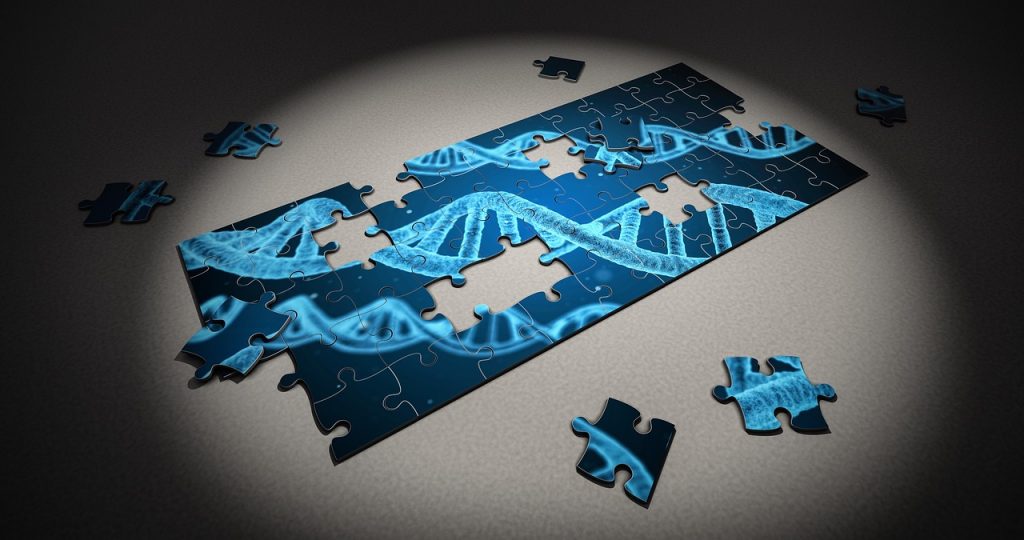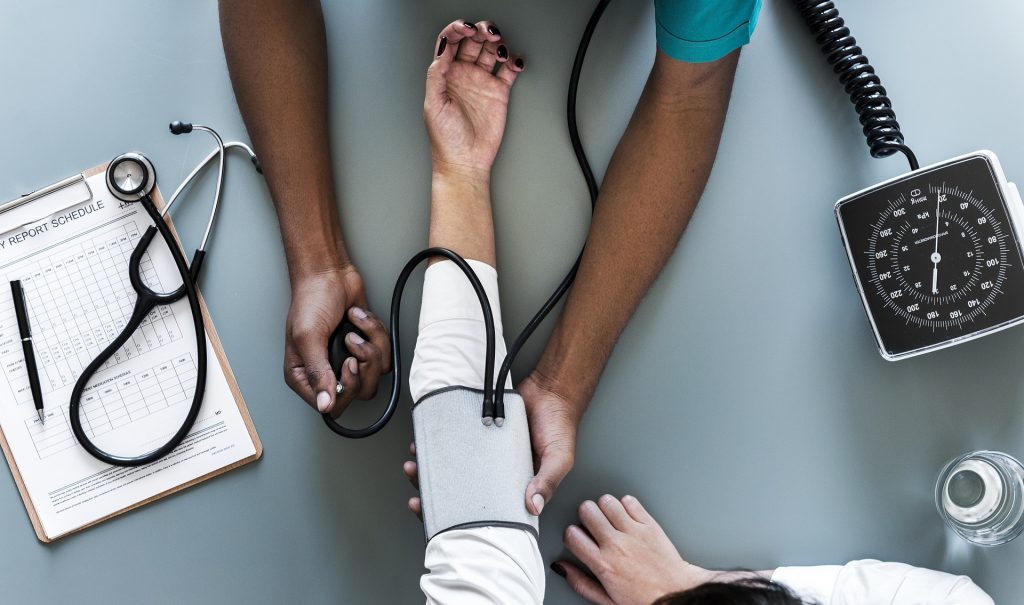The idea of letting a computer take decisions that have an immediate and direct impact on a patient’s medical health — not too easy to digest. But then, think about it, is it not already happening? Computers are already everywhere in the medical domain, and machine learning (for all practical purposes, that’s what AI is, in the scope of this article) is the next logical step. All right, it’s not quite a step, it’s more of a leap. The idea is — let’s draw hope, confidence, and inspiration from all the positive impact that computerization, in general, has had on the medical field. To make our case stronger, let’s go through some awesome health care medical applications powered by machine learning.
Diagnosis/disease identification

Medical care begins with an accurate diagnosis. Machine learning is already at the forefront, assisting leading research organizations in devising better methods of disease identification. Pioneers of medical research agree that men of medicine need to work closely with data scientists to draw accurate conclusions from ambitious and expansive researches.
Back in 2016, IBM Watson Genomics, a partnership between IBM Watson Health and Quest Diagnostics, began with a view to integrate cognitive computing and genomic tumor sequencing, to make rapid leaps in precision medicine. Google DeepMind has also announced several partnerships with UK-based medical organizations, to develop diagnostics solutions based on machine learning. ML’s applications in diagnostics extend beyond this; Oxford’s P1vital Predicting Response to Depression Treatment (PReDicT) uses predictive analytics to diagnose and treat brain diseases.
All these are telling examples of how machine learning is helping the diagnostic capabilities of the global medical machine evolve quickly.
Image analysis for remote diagnosis

Extended beyond diagnosis is image analysis, another promising application of ML in the field of medicine and health care. Traditional image analysis (X-rays, MRI scans, CAT scans) is time-consuming. An MIT-led team of researchers has found a solution in the form of a machine-learning algorithm that can conduct image analyses 1,000 times faster than humans, thus saving ample time in the delivery of proper medical care.
This also means that AI could significantly improve next-gen radiology tools, where tissue samples are not needed for the analysis. Imagine the impact this could have on the quality of medical care in remote areas, as patients will be able to simply share images of their wounds/visible symptoms, and doctors will be able to leverage machine language-powered image analysis for diagnosis and prescriptions.
AI-powered robots assisting surgical operations
Imagine a robot conducting a complex eye operation. Imagine a mini-robot that enters a heart patient’s chest and assists in mapping and therapy. You don’t really need to imagine, because these are realities. Da Vinci — the most advanced robot for surgical operations, and Heartlander — which does exactly what its name suggests, are in action, performing and assisting in complex eye and heart surgeries, respectively.
HBR recently published findings of a study that involved 379 orthopedic patients; it was found that AI-assisted operations reduced surgery complications by five times as compared to surgeons operating alone. Rough estimates suggest that use of AI-powered robots in surgeries could reduce a patient’s hospital stay duration by 21 percent. There’s enough evidence; this AI application could change the methodology of surgical operations.
Virtual nursing
 Yes, there is such a thing as virtual nursing.
Yes, there is such a thing as virtual nursing.
Not only can machine language-powered nursing chatbots and robots interact with patients more regularly than human nurses, but also can serve as intelligent gatekeepers of information between patients and doctors. Rough estimates suggest that AI-powered virtual nursing assistance could result in savings of $20 billion annually.
24/7 availability, quick answers, ever-improving response time and response range, real-time patient monitoring — all these benefits make virtual nurses a boon, both for patients and hospitals. By avoiding regular hospital visits, and providing proper care between mandatory visits, these virtual nurses can reduce the recovery time, and mitigate the stress of medical care.
Automation of workflows and administration tasks
Medical care is complex; even the most trivial of hospital visits triggers dozens of separate workflows, involving doctors, nurses, chemists, attendants, facilities managers, and more. It’s estimated that the medical industry could save up to $18 billion annually by automatic workflows and administration tasks using AI technologies.
Some example are AI-powered software deployed for speech to text translation, medical prescriptions based on symptoms, and compiling patient’s health charts. Cleveland Clinic and IBM have already entered a partnership where IBM Watson’s ML capabilities are used to help physicians provide efficient and personalized care to patients. Watson helps doctors by analyzing thousands of medical research papers using its natural language processing capabilities, helping them devise effective treatment plans.
Personalized treatments
On a global level, there’s a clear demand-supply gap that medical institutions struggle to manage. Personalized medical care is a bit of a luxury, reserved for those who can afford it. The application of predictive analysis in disease assessment and management hardly requires any underscoring. Called supervised learning, this approach enabled physicians and doctors to select the right diagnosis from a limited original set of possibilities, based on the genetic information of the patient.
Machine learning is a major enabler here, as it can help doctors draw insights from the entire medical history of the patient, including generic attributes. Sophisticated health measurement devices and wearables that keep track of important health measures such as heart rate and blood pressure provide for another source of massive data that can make personalized treatments a reality, at scale, and across the world.
ML medical applications: Enhancing quality of life
All the hullabaloo about AI as a potential risk for humanity’s continuation notwithstanding, the rapid inroads made by these medical applications in medicine and health care promise to enhance the quality and duration of human life. In the months to follow, most of these applications will be a lot closer to the mass market than today, and that will be a major milestone in the chronicles of AI’s impact on the human life.
Featured image: Pixabay



